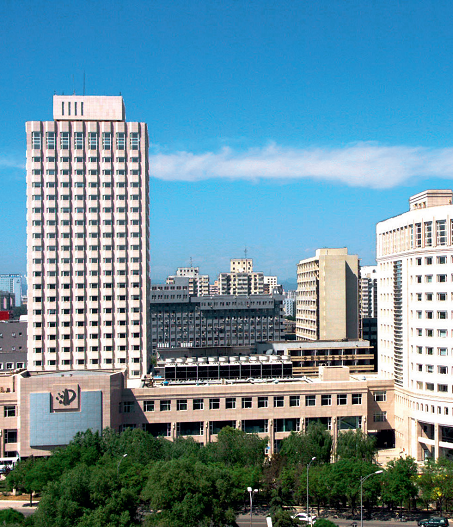
China National Intellectual Property Administration (CNIPA) is a government institution directly under the State Council, which is in charge of organizing and coordinating IPR protection nationwide and improving the construction of the IPR protection system, promoting IP awareness, implementing China’s National IP Strategy in collaboration with related departments, overall coordination of foreign-related IP affairs, and examining and granting patents for invention, utility models and designs as well as registering layout designs of integrated circuits.

CNIPA, formerly known as the Patent Office of the People’s Republic of China (the Chinese Patent Office – CPO), was founded on the approval of the State Council in 1980 and started to receive patent applications on 1 April 1985.During the governmental restructuring in 1998, the CPO was renamed CNIPA.
CNIPA has seven functional departments, the Patent Office, the Patent Reexamination Board (PRB), and other subordinate institutions. It has 14770 staff by the end of December, 2016, more than 10000 of whom are highly educated substantive examiners.
According to the Patent Law of the People’s Republic of China, CNIPA is the authority for receiving and examining patent applications for patents of invention, utility models and designs and granting patent rights in compliance with the law. The Patent Office of CNIPA is mainly responsible for receiving and examining patent applications, granting patents and handling other administrative matters entrusted to it by CNIPA. The PRB of CNIPA is responsible for handling patent reexamination and invalidation requests.
The Patent Examination Cooperation Center was founded by CNIPA in Beijing in 2001, and subsequently renamed the Patent. Examination Cooperation (Beijing) Center in 2011. Between 2011 and 2013, similar centers were set up in other provinces and cities, including Jiangsu, Guangdong, Henan, Hubei, Tianjin and Sichuan.
 login
login